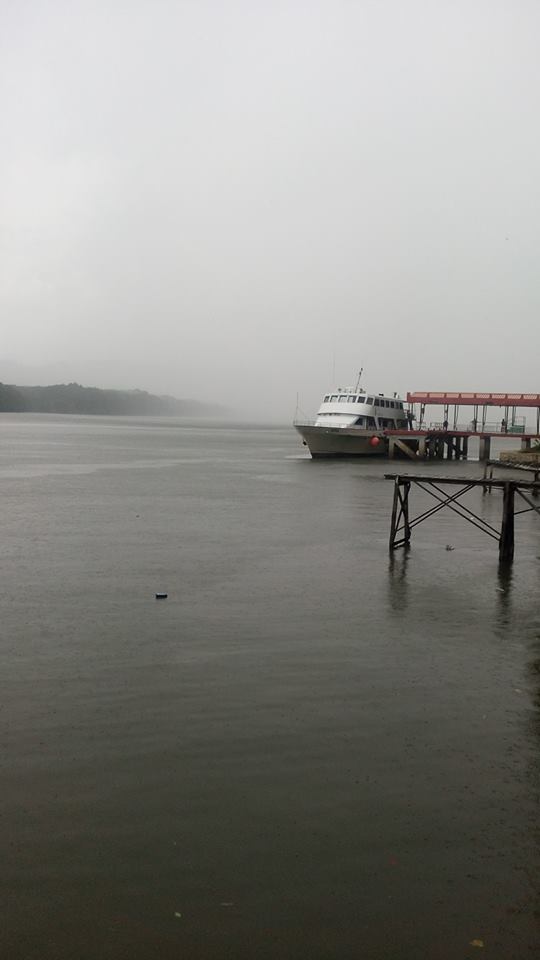Degrees of Change is a series following Fossil Free Newcastle and their campaign to make the university’s investments policy reflect the reality of climate change
By Jack Elliot Marley
Most conversations about climate change on Divestment Week happened in the company of drizzle. Perhaps being saturated with stories of sinking islands, refugees and biblical storms can make this abstraction, “climate change” feel like something that affects other places and other people.
To many studying here though, they aren’t just stories. Newcastle is the home of more than 22,000 students from 120 different countries and our collective experiences of a changing world offer a perspective on climate change that’s bigger than our campus and this city.
Diniy Rosli graduated this summer with a degree in marine biology. As is customary, his congregation included speeches that hailed a promising future for all the graduates. The world’s shelf seas, like the North Sea that lingers a metro ride from the city centre, were a common theme, along with the oil and gas that lie buried deep beneath them. Outside the day was calm and pleasant; a good day to talk about the future.

On the 29th of August Diniy returned to Brunei- the small and densely forested tip of the island of Borneo; the home he had left for England and a degree three years earlier. Homecoming for students is often a strange mingling of new and familiar sensations, but Diniy’s experience was overshadowed by something wholly different.
“When I got back home, the first thing I noticed was that the whole sky was grey, and for some reason, much hotter than I remembered. It wasn’t until two or three days later that I realized that it wasn’t going away.”

Slash and burn forest clearing is common in the tropics, often to make way for vast palm oil plantations, but this year’s destruction was on an unprecedented scale. The media was slow to react but once the magnitude of loss began to emerge, the story became global news. While the international community languished, swathes of Indonesia to the South of Diniy were being engulfed by fires that had shed all human control. As summer turned to autumn elsewhere, Indonesia continued to burn and the effects were deadly.
“The air pollution was dangerously high in parts of Malaysia and Indonesia, and some residents had to move their whole family elsewhere. We could still see pretty well while driving in Brunei but I recall at one point some places had a visibility of 2 metres.”
The prevailing El Nino has been widely blamed for conditions that made the devastation more likely, but what about climate change? Scientists are cautious to tie events to climate change but the consequences of a warmer atmosphere on the world’s forests are predicted to be dire.
The implications of the disaster for the global climate arithmetic are more certain however. At its peak, while Diniy was adjusting to life on the frontline of an environmental disaster, the fires were generating more carbon emissions than the entire US economy. Within three weeks of his return, Germany’s annual output of emissions had been loosed to the atmosphere.
In a maddening cycle, climate change will be exacerbated by the very things it makes more likely. As the climate warms and more rainforest is lost, we’ll lose more rainforest and the climate will warm. For Diniy’s home, the outlook from all this may be bleak.
“I come from a fishing village… so rising sea levels are a potential future issue. A changing climate might cause a shift in migration patterns, spawning or behaviour of fish. So who knows how it will affect small-scale fishermen…”

